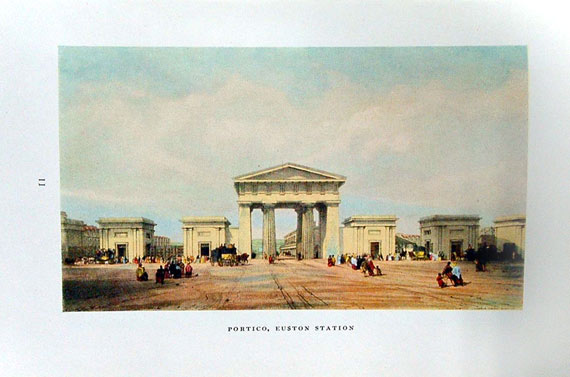Cabinet 2: Railways – In the Beginning

Christian Barman, Early British Railways. Harmondsworth, Middlesex: Penguin Books, 1950.
With more tracks criss-crossing the country, railway stations and terminals became necessary. These outposts handled an increasing number of commodities, including people. As the juggernaut that was the rail business chugged on, technological developments with allied social transformations occurred: bridge building (over the Firth of Forth), tunnelling (under the River Severn), geological mapping, the creation of timetables and crude signalling, the gauge wars, the telegraph, and ‘Railway literature’, started by W. H. Smith in 1848. The landscape changed, as did conceptions of time and space. Indeed, Samuel Smiles reckoned that the railroad had reduced England to one-sixth its size. In 1838, Paddington Station, part of which was designed by Isambard Brunel, started service as a terminus for the Great Western Railway. In that same year, Euston Station was completed. It was demolished in 1962.

